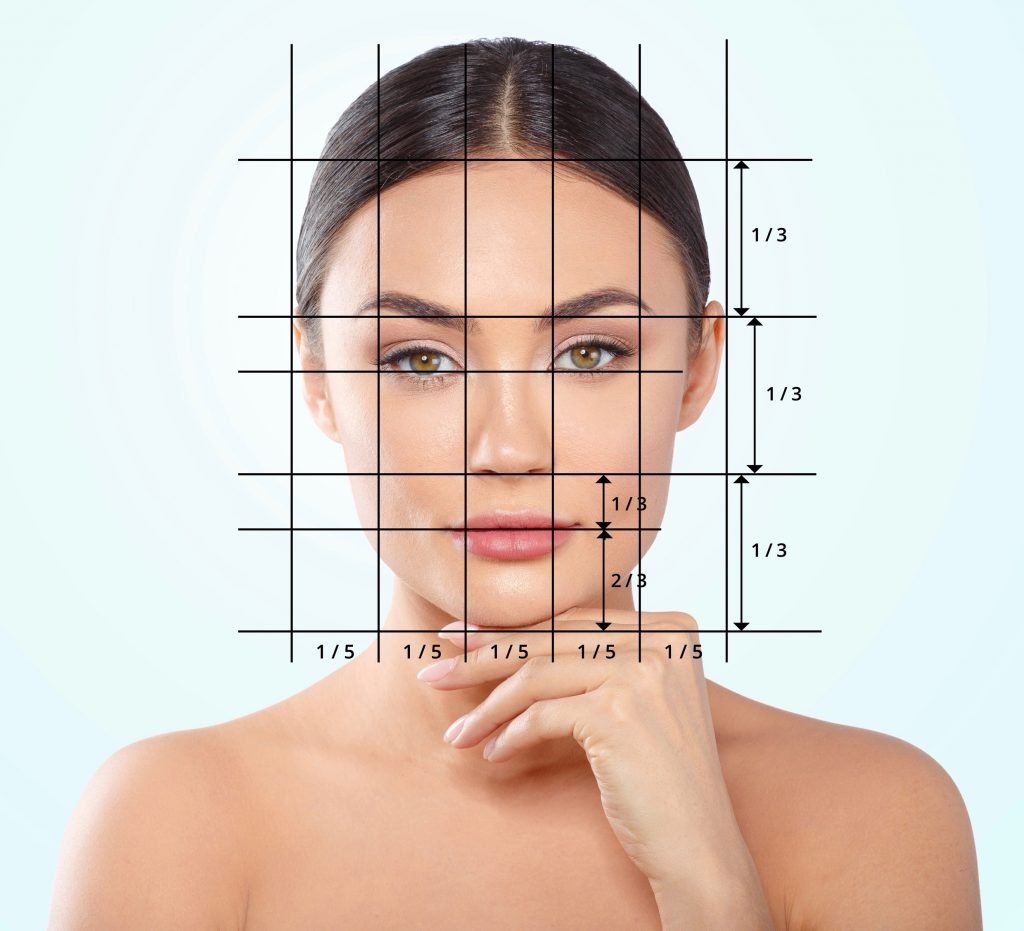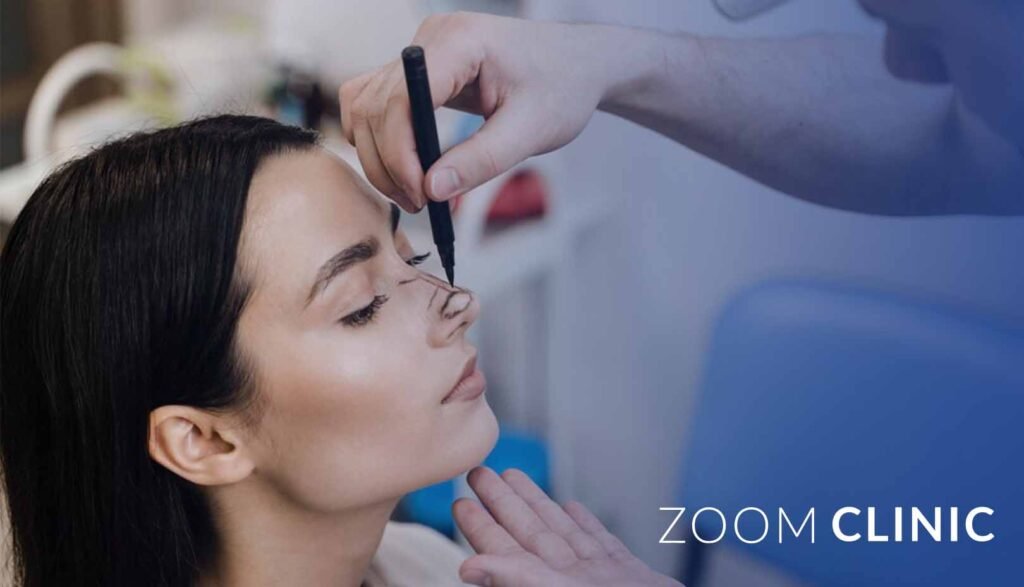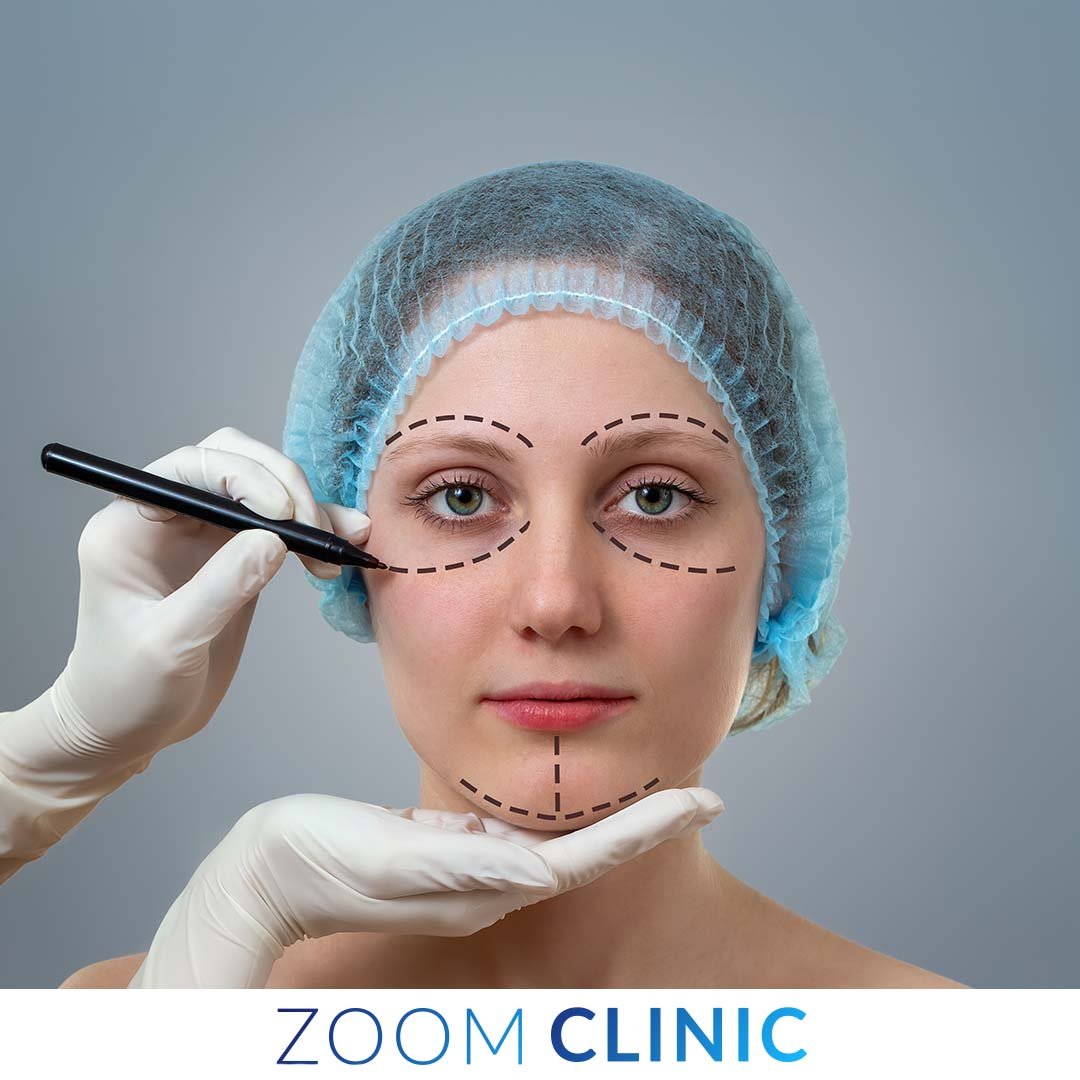As beauty experts with over ten years of experience, we’ve often been asked about the measurements and features that constitute the ideal face. While beauty is inherently subjective, specific proportions and features have been traditionally considered attractive across cultures and eras.
This article delves into the measurements of the perfect face, the features that enhance facial beauty, the most beautiful face shape, the ideal length of a face, and the crucial relationship between the nose and overall facial harmony.
Tableof Content
What are the Measurements of the Perfect Face?
The Golden Ratio
One of the most renowned concepts in determining facial beauty is the “Golden Ratio” or Phi (1.618). This mathematical ratio has been revered since ancient times for its aesthetic appeal. When applied to the human face, the Golden Ratio can assess the harmony and balance of facial features.
Key Measurements Based on the Golden Ratio
Length to Width Ratio: The ideal face length is approximately 1.5 times the width of the face.
Thirds of the Face: The face is divided into three horizontal sections: from the hairline to the top of the eyebrows, from the eyebrows to the bottom of the nose, and from the nose to the chin. Ideally, these sections should be equal in height.
Eye Spacing: The distance between the eyes should be about the width of one eye.
Nose Width: The nose’s width should equal the eye’s width.
Lip Width: The width of the mouth should be about 1.618 times the width of the nose.
What are the Features of a Beautiful Face?

Symmetry
Facial symmetry is often associated with attractiveness. Symmetrical faces are perceived as more appealing because they suggest genetic health and balanced development. While perfect symmetry is rare, relatively symmetrical faces are more attractive.
Skin Tone and Texture
Even skin tone and smooth texture significantly enhance facial beauty. Healthy, glowing skin indicates good health and proper skincare. Issues like blemishes, uneven skin tone, and wrinkles can detract from facial attractiveness.
Eyes
The eyes are often considered the face’s most expressive and captivating feature. Large, well-proportioned eyes with clear, bright whites and defined lashes are attractive. The shape and spacing of the eyes also contribute to overall facial harmony.
Lips
Full, well-defined lips are generally considered attractive. The shape and proportion of the lips should complement the other facial features. A well-defined cupid’s bow and balanced upper and lower lips enhance the appeal of the mouth.
Nose
A well-proportioned nose that fits harmoniously with other facial features is essential for facial attractiveness. The ideal nose should be in balance with the width of the eyes and the face’s overall length.
Jawline and Chin
A defined jawline and a proportionate chin add to the overall structure and attractiveness of the face. A robust and well-defined jawline is often associated with youth and vitality.
What is the Most Attractive Face Shape?
The Oval Face Shape
The oval face shape is widely regarded as the most attractive and versatile. It is characterized by a slightly wider forehead than the chin, high cheekbones, and a gently rounded jawline. The balanced proportions of the oval face shape allow for various hairstyles and makeup looks, enhancing its appeal.
Other Attractive Face Shapes
Heart-Shaped Face: Characterized by a broad forehead, high cheekbones, and a narrow, pointed chin. This face shape is often seen as youthful and feminine.
Square Face: This face features a strong jawline and a broad forehead. A well-defined, symmetrical square face can be very striking.
Round Face: Characterized by full cheeks and a rounded chin. Round faces often convey a youthful and friendly appearance.
How Long is the Ideal Face?
Proportional Length
The ideal face length is often determined by the overall proportions rather than a specific measurement. According to the Golden Ratio, the size of the face should be approximately 1.5 times its width. This proportion ensures that the face appears balanced and harmonious.
Vertical Thirds
As mentioned earlier, the face can be divided into three vertical sections:
Upper Third: From the hairline to the top of the eyebrows.
Middle Third: From the top of the eyebrows to the bottom of the nose.
Lower Third: From the bottom of the nose to the chin.
Each section should be approximately equal in height for the face to be considered ideally proportioned.
What is the Relationship Between the Nose and Facial Beauty?

Central Feature
The nose is the central feature of the face and plays a crucial role in overall facial harmony. Its size, shape, and position can significantly impact the perception of beauty. A well-proportioned nose that fits harmoniously with other facial features enhances attractiveness.
Proportional Balance
The ideal nose width should be approximately equal to the width of one eye. The length of the nose should be about one-third of the face’s length. These proportions ensure the nose complements other facial features without dominating the face.
Profile and Side View
The profile view is also essential in determining the attractiveness of the nose. A well-balanced profile, with a nose that is neither too prominent nor too flat, contributes to overall facial harmony. The angle between the nose and the forehead and between the nose and the upper lip is critical in achieving a balanced profile.
Correcting Imperfections
For individuals who feel that their nose does not fit harmoniously with their facial features, rhinoplasty (nose reshaping surgery) can be an option. Rhinoplasty can address issues such as a crooked nose, a bulbous tip, or a nasal hump, helping to enhance facial balance and attractiveness.
Conclusion
The concept of the ideal face is influenced by a combination of proportions, symmetry, and individual features that work harmoniously together. While the Golden Ratio provides a mathematical basis for assessing facial beauty, the subjective nature of attractiveness means that beauty is ultimately in the eye of the beholder.
Understanding the critical elements of facial proportions and features can help individuals enhance their natural beauty and achieve a balanced, harmonious appearance. Whether through skincare, makeup, or cosmetic procedures, the goal is to create a look that reflects confidence, health, and individuality.
Get the special offer today from Zoom Clinic
Read Also:


